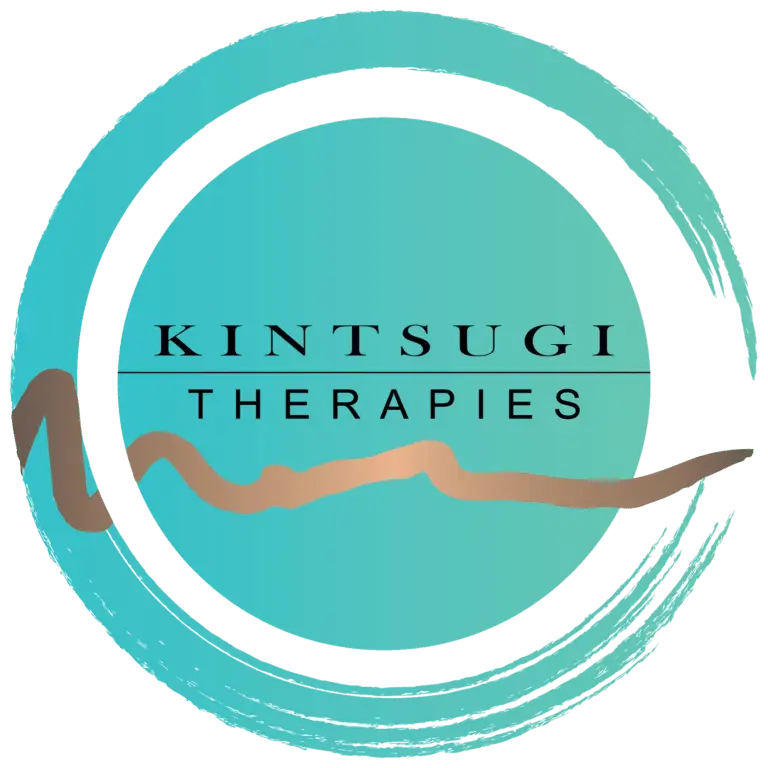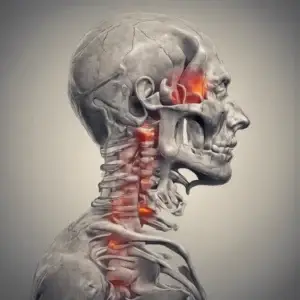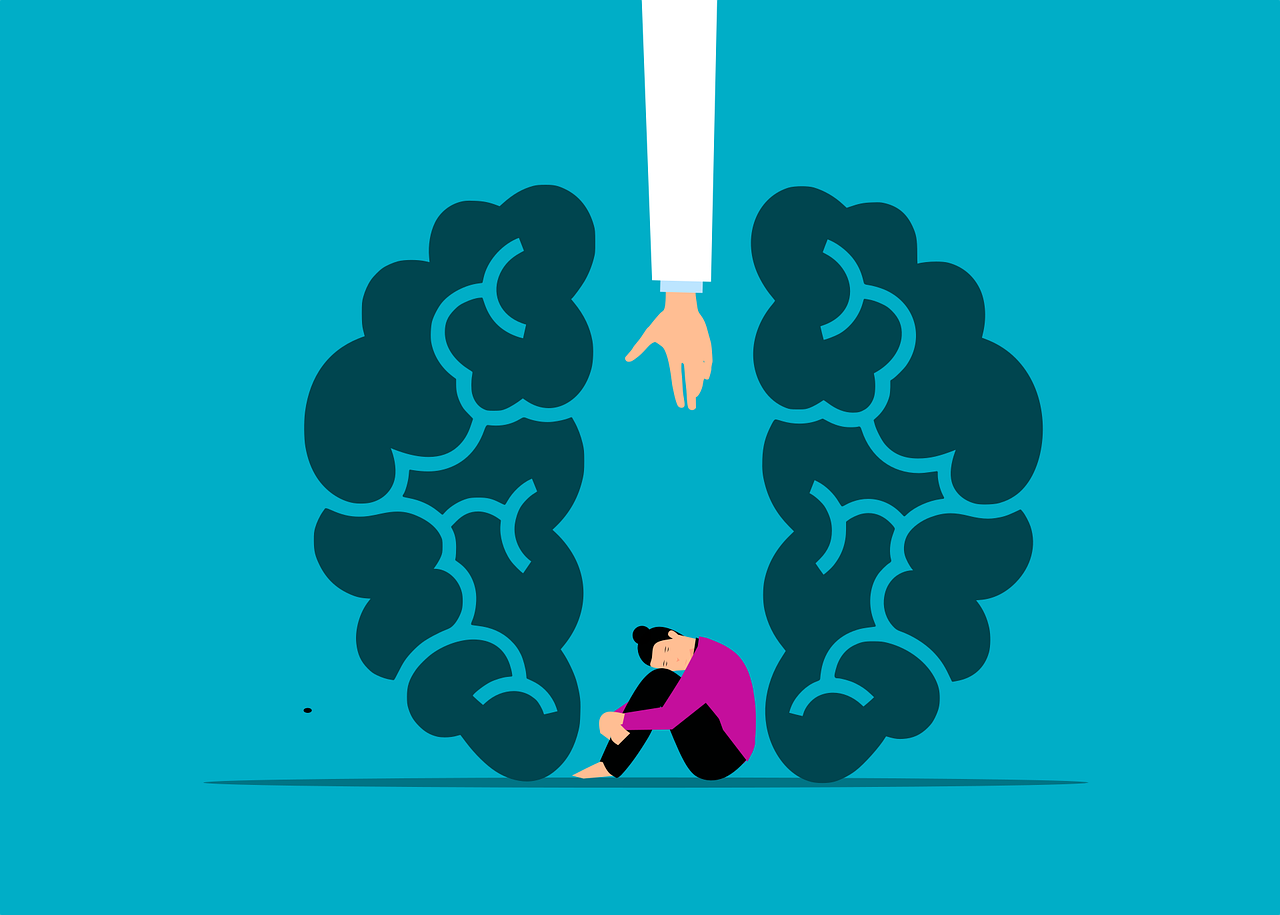I work in a similar style to a GP, people come to see me for a variety of health issues and concerns. I do have some special areas of interest , see HERE.(LINK NEEDED)
Acupuncture & Chinese medicine does not seek to ‘cure’ illness, instead it works by helping to bring your body/mind back into its natural homeostatic state (balance).
Just as water tends to find the lowest point in a natural way, once we begin to tap into and activate your body’s innate defence and restorative system we’re aiming to induce a positive and natural knock on effect.
A symptom is a signal that a bodily system in either under or over functioning, while it’s important to address symptoms, especially in the acute phase, what’s more pressing is that the root of the issue is addressed so that the problem does not re-occur.
Chinese medicine and acupuncture excel at this.
You can find some of the more common reasons for coming to Kintsugi Therapies HERE.
I also have a network of other experts that I can refer you on to if I believe you’ll be better served, these include, Western MD, Physio, Osteo, Chiro, Kinesiologist, Clinical Pilates instructor, Tai chi instructor, Yoga instructor, Personal trainer, Naturopath, Macrobiotic counsellor, Dietician and more.
The World Health Organisation recommends acupuncture for these conditions http://digicollection.org/hss/en/d/Js4926e/5.html
If you’d like to get a bit nerdy on details, please read WHO’S complete Review & Analysis of Reports on Controlled Clinical Trials
http://digicollection.org/hss/en/d/Js4926e/
If you’re still unsure if acupuncture can help you, please drop me a line HERE. I’d be happy to answer any questions you may have.






